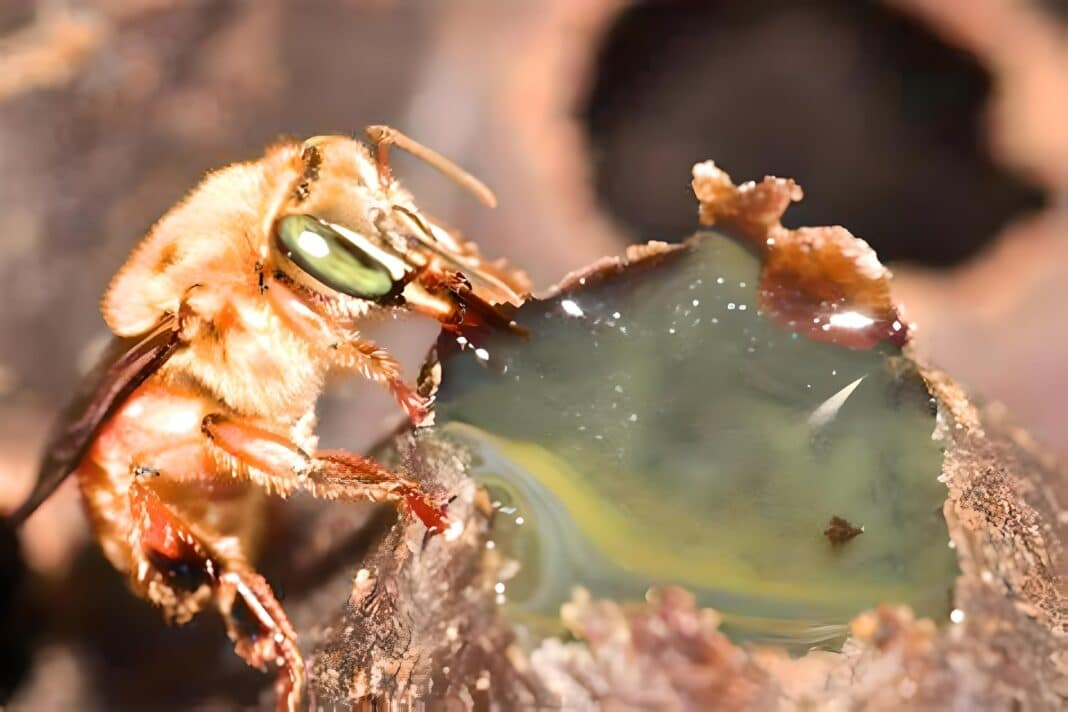Global deforestation Illegal timber trafficking is driving destruction across Asia, Central and West Africa and parts of South America.
Last month, Wood Central reported that the UN has set up a body just for trafficking, claiming “forest crime has all the hallmarks of organised and sophisticated crime” and is “fertile ground for corruption.”
In Columbia alone – a haven for forest crime – just under half of all timber traded “is of illegal origin.”
Now, Columbian police in Santander are using confiscated timber to provide a home to beleaguered bees impacted by pesticides and climate change as part of its “Timber Returns Hives” initiative.
Based in Columbia’s central northern province, Santander is a popular route for traffickers looking to transport illegally harvested timber across borders.
Since 2021, the project has seen 200 cubic meters of wood used in 1,000 bee hives, with another 10,000 planned for the next phase, according to the Santander Environmental Authority, who manage the project.
Previously, confiscated timber was turned into sawdust, donated to municipalities for projects, and often, if unused, left to rot.

Now, it is addressing “the severe problem” of bee extinction, according to biologist German Perilla, director of the Honey Bee Impact Foundation.
About three-quarters of crops producing fruits or seeds for human consumption depend on pollination. Still, the UN has warned that 40 per cent of invertebrate pollinators — particularly bees and butterflies — risk global extinction.
“The main threat is that we will run out of trees, and there will be no flowers because, without flowers, there are no bees; without bees, there are no humans, and we will run out of food,” said beekeeper Maria Acevedo, who is one of the beneficiaries of the project.
In 2023 alone, almost half the hives established were lost due to pesticides in nearby coffee plantations.
According to Columbian government data, 3,000 hives, each capable of housing up to 50,000 bees, die off yearly, thanks mainly to pesticides and climate change.
Laboratory tests found traces of the insecticide fipronil in most of the dead insects. This has led Colombia to mandate a ban on fipronil — already banned in Europe and restricted in the United States and China — starting from February 2024.
According to the UN’s Food and Agriculture Organization, higher temperatures, droughts, floods and other extreme events caused by climate change reduce nectar-bearing flowers that bees feed on, and studies have also linked bee infertility to heat stress.
Located close to the Venezuelan border, Santander seizes 1,000 cubic meters of illegally felled timber in anti-trafficking operations in Santander every year.
In 2022, Columbia lost 123,517 hectares of trees to deforestation, with the country under pressure to improve forest surveillance ahead of the introduction of the EU Deforestation Regulation next year.






